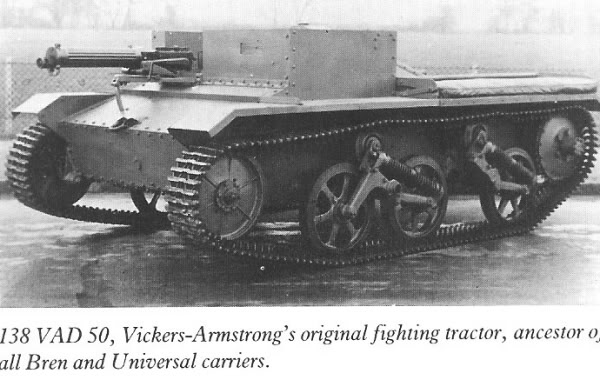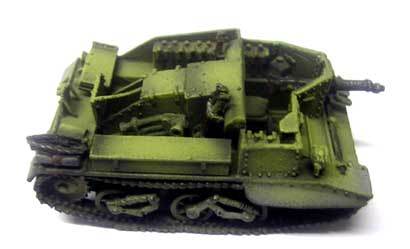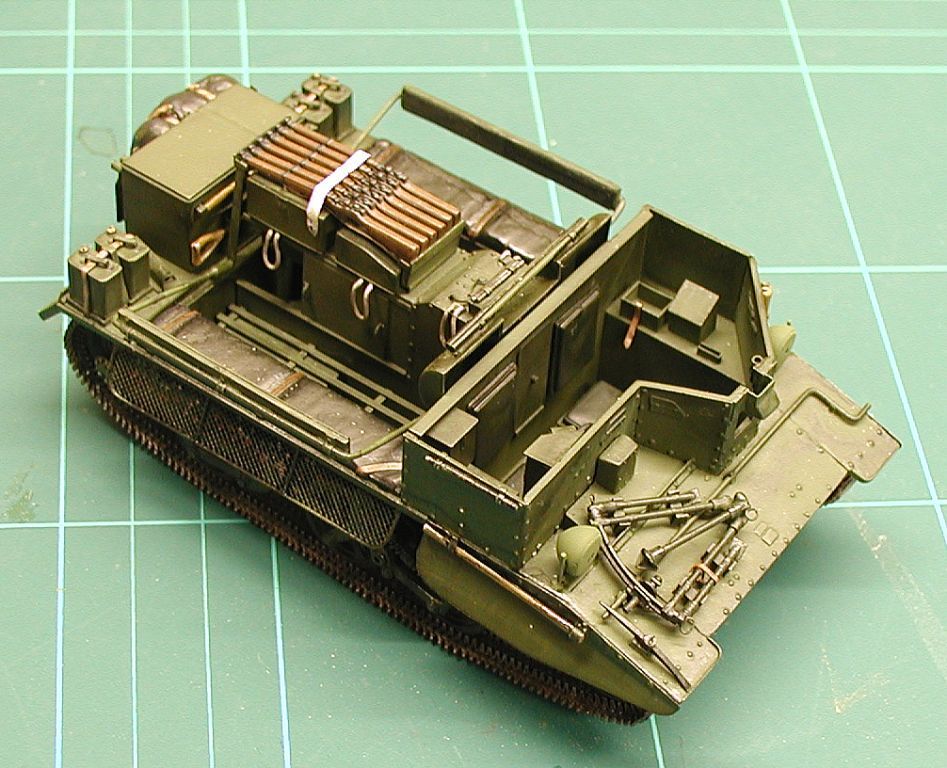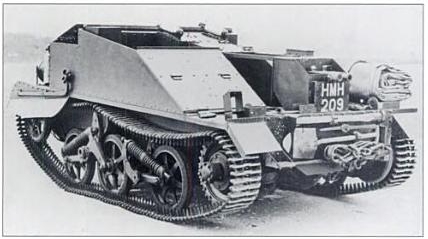Author: David “Listy” Lister
Hello everyone,
today, we have something special, a guest article by David “Listy” Lister. You probably know the game from EU portal, where he wrote several interesting articles for Challenger’s historical section.
Carrying a Name
One mistake I see over and over again, in both museums and on-line forums, is getting the name of armoured fighting vehicles wrong. One of the worst for this is the British Carrier family. What many don’t realise is that all the different names used for the vehicle are actually very specific models. So want to be able to correct someone, or point out that a display plaque is wrong at a museum? Then read on.
Each variant of the carriers are essentially the same, with just differing bodies on the rear of the vehicle. Each of these had its own unique role, which matched the name given. In this article I will often have to use pictures of model kits to illustrate the differences between versions. As the internet is awash with wrongly captioned pictures. In nearly every case of misidentification, whether it be in real life or on the internet the vechile that is shown is a Universal Carrier.
All this started in 1934 when Vickers produced a light vehicle called the D50:
The British Army pointed out some flaws after testing and some modifications were made. In 1936 a modified vehicle entered service as the Medium Machine Gun Carrier No 2 Mark I. The vehicle had slightly raised side on the left and a flat bed and lockers on the right. This enabled it to carry an Entire Vickers Machine gun and crew, plus spares. The actual gun would be mounted on the gunners position next to the driver.
The MMG Carrier was later converted into three separate designs.
First was the Cavalry carrier. This had the body of the vehicle replaced by two wooden benches. It had no protection at the rear but could transport 6 men. It was used, as the name implies, by Cavalry regiments as a form of Tracked truck to transport infantry.
The next was the Scout Carrier. When viewed from the Right hand side it will look allot like a Universal Carrier. However it is closer in design to a MMG Carrier, with the body of the vehicle mirrored to the other side.
Next we have the Bren Gun Carrier. This is the name that most uninformed types give a Universal Carrier. In part it comes from the fact that in some regimental records Universal Carriers are still called Bren Gun Carriers. This is mostly because the people writing the records first encountered the vehicle when it was called the Bren Gun Carrier.
It was used to carry a Bren and a Boys rifle as a sort of infantry light support vehicle, and could use its speed, size and manoeuvrability to either deploy the weapon team to a position that was needed or give the infantry some organic light armour. It looked allot like a MMG Carrier, the major difference was the raised left side wall was now fully enclosed.
After Dunkirk the decision was made to create a single vehicle which could do all the above roles, and so the Universal Carrier was born. It had a square box body on the back. The Universal Carrier was the most built armoured vehicle in history. And is the vehicle you all know.
So from now on you’ll all be able to tell one type of Carrier from the next.







Carrier has arrived!
^ yep
En Taro Adun! :)
StarCraft :D
StarCraft? B*tch please, Homeworld 2!
Terrain’s evil donkey is ready!
2nd!!!!!!!
Donkey will still rape you ;)
are you ready?
You mean Dolphins? xD
http://media.moddb.com/cache/images/groups/1/3/2933/thumb_620x2000/dolphins.gif
Bovington have their Jagdpanzer 38t “Hetzer” labelled as a Jagdpanzer 38h “Hetzer”.
Nicely informative.
“The Universal Carrier was the most built armoured vehicle in history.”
I didn’t know this, heard of the T-55 being the most produced tank, just assumed that meant it was the most produced AFV as well. Guess not.
While the T54/55 might be the most produced tank in history, AFV’s cover a wider spectrum of classes, but include tanks.
The T-54/55 series is around 100k units produced, the Carrier family racks in around 110k units produced.
;)
yes, t-54/55 was the most produced tank ever – but UC ain’t a tank:) so both sentences are actually true